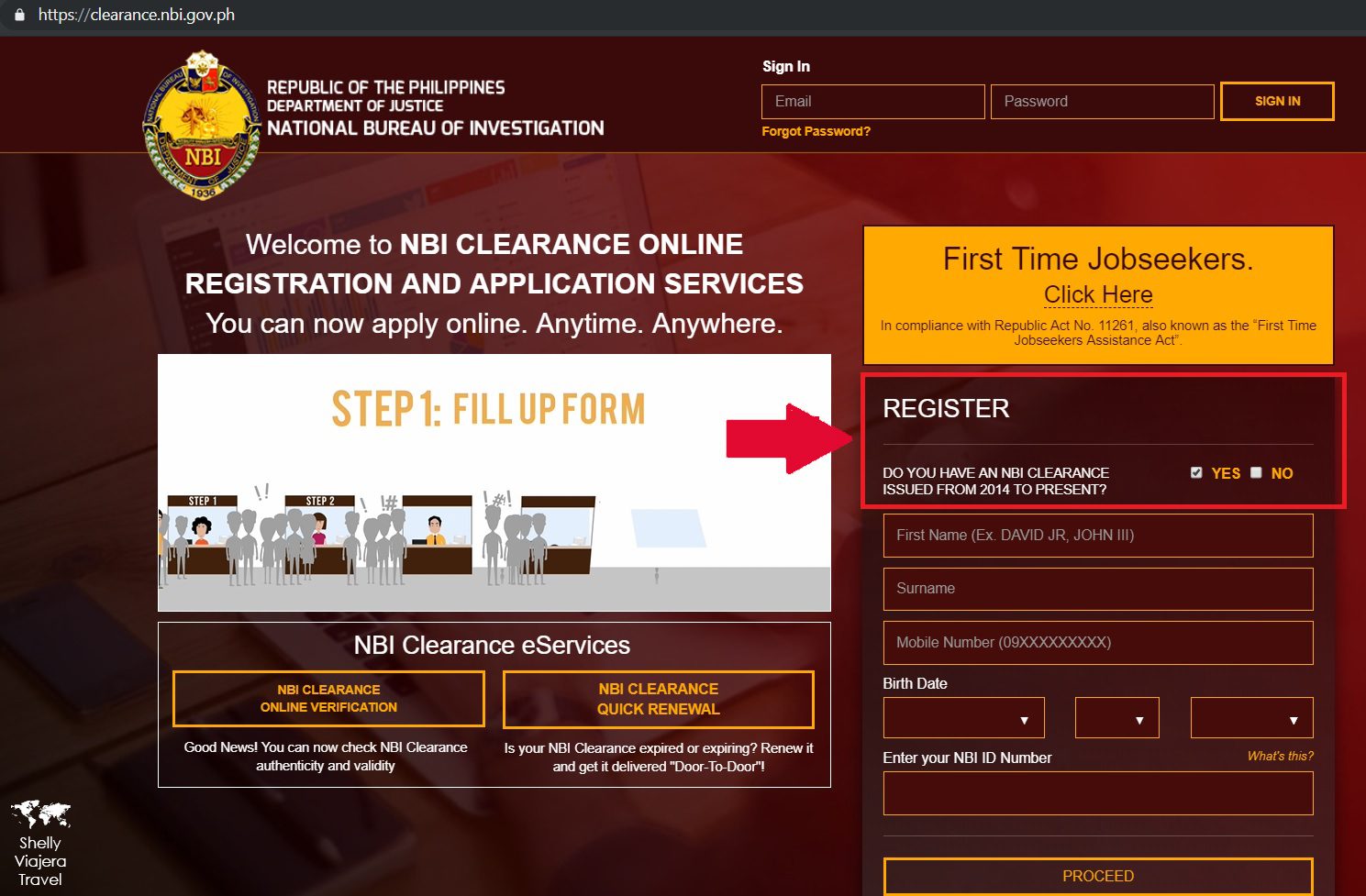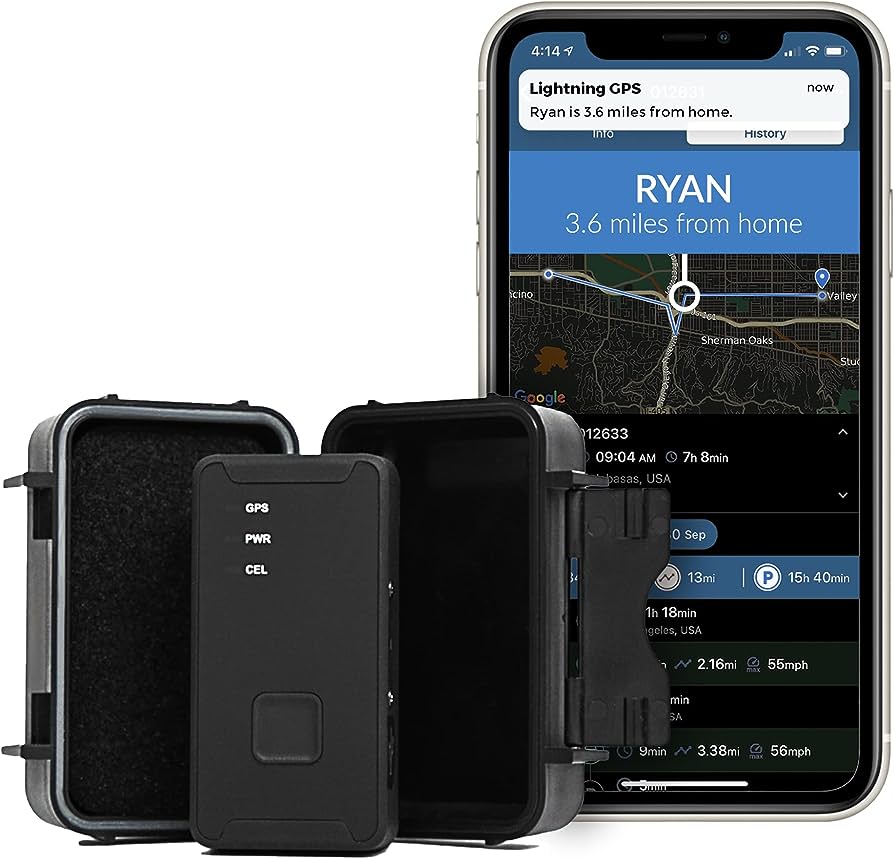To track walking distance accurately, you can use a fitness tracker or a smartphone app. These devices use built-in GPS technology to measure the distance covered during your walk.
Apart from distance, they can also provide information about steps taken, calories burned, and other fitness metrics. Whether you prefer wearing a fitness tracker on your wrist or using a smartphone app, tracking your walking distance can help you stay motivated and track your progress towards your fitness goals.
Walking is a popular and accessible form of exercise that offers numerous health benefits. It is a low-impact activity that can be easily incorporated into daily routines. Whether you are walking for leisure, transportation, or fitness purposes, tracking your walking distance can provide valuable insights into your physical activity levels. This information can help you set goals, measure improvements over time, and stay motivated to maintain an active lifestyle. We will explore different methods and devices to track your walking distance accurately.
Benefits Of Tracking Walking Distance
Tracking walking distance offers numerous benefits, including monitoring progress, setting goals, and improving overall health and fitness levels. By accurately measuring your steps, you can stay motivated and make informed decisions to enhance your daily exercise routine.
Tracking your walking distance can offer several benefits to your health and fitness journey. By monitoring your steps and distance, you can improve your overall well-being, set and achieve fitness goals, and track your progress over time. Let’s explore these advantages in more detail:
Improve Health And Fitness:
- Regularly tracking your walking distance can contribute to overall health improvement and enhanced fitness levels.
- Walking is a low-impact exercise that helps strengthen your muscles, reduce the risk of chronic diseases, and maintain a healthy weight.
- By keeping track of your walking distance, you can ensure you meet recommended daily activity levels and reap the associated health benefits.
Set And Achieve Fitness Goals:
- Tracking your walking distance allows you to set realistic fitness goals specific to your needs and preferences.
- Whether you want to increase your daily steps, walk a certain distance per day, or achieve a specific duration of walking, tracking helps you stay accountable.
- With a clear goal in mind, tracking your walking distance can motivate you to push further and extend your limits.
Monitor Progress And Track Improvements:
- Keeping a record of your walking distance enables you to monitor your progress and track improvements over time.
- By regularly reviewing your walking data, you can identify trends, such as increased distance, improved speed, or decreased time.
- Tracking your progress provides a sense of achievement and encouragement to continue your walking routine.
Tracking your walking distance offers various benefits, including improved health and fitness, goal setting and achievement, as well as progress monitoring. By utilizing technology or simply using a pedometer, you can easily keep track of your steps and derive motivation from your accomplishments.
So go on, start tracking your walking distance today and embark on your journey to a healthier and fitter lifestyle!

Credit: www.amazon.com
Different Methods To Track Walking Distance
Discover a range of effective and convenient methods to track your walking distance effortlessly. From mobile apps to wearable devices, there are various ways to monitor your steps and achieve your fitness goals.
Tracking your walking distance can be an effective way to monitor your fitness progress and achieve your health goals. With the advancements in technology, there are several methods available to accurately track your walking distance. In this section, we will explore three popular methods: using a smartphone app, utilizing a fitness tracker or smartwatch, and using a pedometer or step counter.
Using A Smartphone App
Smartphone apps have revolutionized the way we track various aspects of our lives, including our walking distance. Here are the features and advantages of using walking distance tracker apps:
- Convenient: Since most people carry their smartphones with them everywhere, using a walking distance tracker app is incredibly convenient. You can track your walking distance wherever you go without the need for any additional devices.
- GPS Integration: Many walking distance tracker apps utilize the GPS capabilities of smartphones to accurately measure and map your walking routes. This ensures precise tracking of your distance covered.
- Real-Time Feedback: These apps provide real-time feedback on your walking distance, pace, and even calories burned. This can be motivating and help you push yourself to reach your goals.
- Goal Setting and Challenges: Walking distance tracker apps often come with goal-setting features that allow you to set specific targets for your distance or number of steps. They may also have challenges or competitions that you can participate in for added motivation.
Popular walking distance tracker apps to consider:
- Strava: One of the most popular fitness tracking apps, Strava offers detailed statistics and social features for walkers, runners, and cyclists.
- MapMyWalk: This app allows you to track your walking distance, route, pace, and even elevation. It also offers a community of like-minded walkers and runners.
- Google Fit: Google Fit is a versatile fitness tracking app that can monitor various activities, including walking. It provides detailed stats and integrates with other fitness apps and devices.
Using A Fitness Tracker Or Smartwatch
Fitness trackers and smartwatches offer another convenient and reliable method to track your walking distance. Here are their features and advantages:
- Accurate Distance Tracking: Fitness trackers and smartwatches often come equipped with advanced sensors and algorithms that provide accurate distance tracking.
- Activity Monitoring: These devices not only track your distance but also provide valuable information about your heart rate, steps taken, and calories burned. This comprehensive data can help you gain insights into your overall health and fitness.
- Syncing Capabilities: Most fitness trackers and smartwatches can sync with your smartphone or computer, allowing you to analyze your walking data over time. You can track your progress and make adjustments to your routine if needed.
- Notifications and Smart Features: In addition to tracking your walking distance, these devices offer various smart features such as call and message notifications, music control, and even sleep tracking.
Top fitness trackers with accurate distance tracking capabilities:
- Fitbit Charge 4: This fitness tracker comes with built-in GPS, heart rate monitoring, and an easy-to-use interface for tracking your walking distance.
- Garmin Vivosmart 4: Known for its accuracy, the Garmin Vivosmart 4 offers advanced sensors and features like sleep tracking, stress monitoring, and personalized activity goals.
- Apple Watch Series 6: Apple’s flagship smartwatch is not only stylish but also offers precise distance tracking and a variety of health and fitness features. It integrates seamlessly with your iPhone for a holistic tracking experience.
Using A Pedometer Or Step Counter
If you prefer a more straightforward method to track your walking distance, pedometers or step counters are an excellent choice. Here are the features and benefits of using these devices:
- Simplicity: Pedometers and step counters are easy to use and typically require minimal setup. You can easily attach them to your clothing or carry them in your pocket.
- Measurement Accuracy: These devices count the number of steps taken, which can then be converted to distance using stride length calculations. While not as accurate as GPS-based methods, they still provide a good estimate of your walking distance.
- Cost-Effective: Pedometers and step counters are often more affordable than smartphones or fitness trackers, making them a budget-friendly option.
- Motivation Boost: Seeing your step count increase throughout the day can be highly motivating and encourage you to take more steps and cover greater distances.
Recommendations for reliable pedometers:
- Omron HJ325 Alvita Ultimate Pedometer: This pedometer offers accurate step counting, multi-axis technology, and a large display for convenient tracking.
- 3DFitBud Simple Step Counter: With its compact design and straightforward functionality, this step counter is an excellent choice for those looking for a basic tracking device.
- Fitbit Inspire 2: While technically a fitness tracker, the Fitbit Inspire 2 also functions as a reliable pedometer. It provides accurate step counting and additional fitness features.
By using a smartphone app, fitness tracker or smartwatch, or a pedometer, you can easily track your walking distance and stay motivated on your fitness journey. Choose the method that best suits your preferences and needs, and start exploring the benefits of monitoring your walking progress today.
Tips For Accurately Tracking Walking Distance
Learn how to accurately track your walking distance with these expert tips. Discover the best methods for keeping track of your steps and achieving your fitness goals.
When it comes to tracking your walking distance, having accurate measurements is essential to help you keep on top of your fitness goals. Whether you are using a tracking device, a smartphone app, or a fitness tracker, there are certain factors to consider to ensure precise distance calculations.
In this section, we will explore some useful tips for accurately tracking your walking distance.
Calibrating Your Tracking Device
To guarantee accurate measurements, it is crucial to calibrate your tracking device properly. Follow these steps to ensure precise readings:
- Start by establishing a known distance, such as a marked track or a measured route.
- Walk the known distance at your regular pace.
- Compare the distance recorded by your tracking device with the actual distance covered.
- Adjust the device settings accordingly to align with the accurate distance.
Instructions For Calibrating Smartphone Apps
For individuals using smartphone apps to monitor their walking distance, here are the steps to calibrate your app:
- Check if the app offers built-in calibration settings or requires manual calibration.
- If manual calibration is required, measure a known distance and adjust the app settings accordingly.
- Walk the known distance at your normal pace and compare the recorded distance on the app.
- Fine-tune the calibration if necessary to obtain more precise measurements.
Steps To Calibrate Fitness Trackers And Pedometers
If you rely on a fitness tracker or pedometer to track your walking distance, follow these steps to ensure accuracy:
- Consult the instruction manual or manufacturer’s website for calibration guidelines specific to your device.
- Locate the calibration settings on your device and follow the recommended steps to calibrate.
- Walk a known distance and compare the recorded distance on your device with the actual distance.
- Adjust the settings if needed to ensure accurate distance tracking.
Considering Factors Affecting Accuracy
Accurate tracking goes beyond just calibrating your devices. Several factors can influence the precision of your walking distance measurements. Take into account the following:
- Influence of stride length and walking speed on distance calculations: A longer stride length combined with a faster walking speed can lead to underestimations, while shorter strides and slower speeds can cause overestimations.
- Impact of GPS accuracy on distance tracking: If relying on GPS-enabled devices, note that environmental conditions, such as tall buildings or dense trees, can affect the accuracy of GPS signals and result in distorted distance recordings.
Common Mistakes To Avoid While Tracking Walking Distance
To ensure accurate distance tracking, it is essential to steer clear of common mistakes that can compromise your measurements. Avoid the following pitfalls:
- Not wearing or carrying your tracking device properly: Ensure that your device is securely strapped or positioned to accurately measure your movements.
- Forgetting to start or stop tracking: Always remember to initiate tracking before starting your walk and stop it once you have finished. This prevents the inclusion of irrelevant distances in your measurements.
- Relying solely on step counts: Keep in mind that relying solely on step counts may not always reflect the actual distance covered. Take into account factors such as stride length and walking speed for more accurate readings.
How To Prevent Underestimating Or Overestimating Distance
To prevent underestimation or overestimation of your walking distance, follow these useful tips:
- Maintain a consistent stride length and walking speed throughout your walk, as variations can affect the accuracy of distance measurements.
- Choose a flat and open route whenever possible, as obstacles and rough terrain may alter your stride length and result in inaccurate distance calculations.
- Regularly review and compare your device or app readings with known distances to identify any discrepancies and make the necessary adjustments.
By calibrating your tracking device, considering factors that affect accuracy, and avoiding common mistakes, you can ensure accurate measurements of your walking distance. Implement these tips and maintain consistent tracking habits to effectively monitor your progress towards achieving your fitness goals.
Advanced Techniques For Tracking Walking Distance
Learn advanced techniques for accurately tracking walking distance with ease. Discover efficient methods and tools to keep accurate tabs on your daily steps for fitness and health monitoring.
With the advancement of technology, tracking your walking distance has become easier than ever before. By utilizing GPS mapping applications and incorporating heart rate monitoring, you can gain a holistic perspective on your walking routine. Additionally, combining distance tracking with other fitness metrics such as steps, calories burned, and active minutes helps provide comprehensive fitness data.
We will delve into these advanced techniques to help you track your walking distance effectively.
Using Gps Mapping Applications:
GPS mapping applications have revolutionized the way we track distance during our walks. These apps use advanced technology to accurately calculate the distance covered based on satellite data. Here’s why they are a game-changer:
- GPS technology provides accurate distance measurements: By utilizing satellites, GPS mapping apps can determine your location with high precision, allowing for accurate distance calculations.
- Easy route tracking and recording: These apps not only track your walking distance but also enable you to map and save your walking routes. This feature is particularly helpful if you want to revisit a specific route or share it with others.
Popular Gps Mapping Apps For Tracking And Recording Walking Routes:
When it comes to GPS mapping apps for tracking walking distance, several options stand out. Here are some of the most popular and user-friendly apps available:
- Strava: This app is known for its comprehensive activity tracking features, including accurate distance calculations and detailed route mapping. It also offers a social component, allowing you to connect with fellow walkers and share your achievements.
- MapMyWalk: Developed by Under Armour, this app provides precise distance measurements, route mapping, and voice prompts to keep you informed about your progress. It also gives you the option to join challenges and engage with a supportive community of walkers.
- Nike Run Club: While primarily designed for running, this app is equally effective for tracking walking distance. It offers accurate GPS tracking, route recording, and personalized coaching, making it a great choice for walkers seeking motivation and guidance.
Incorporating Heart Rate Monitoring For A Holistic Perspective:
Measuring your heart rate during walks can provide valuable insights into the intensity of your exercise and overall fitness. Here’s why incorporating heart rate monitoring enhances your walking distance tracking:
- Relationship between heart rate and intensity of walking: Your heart rate is directly linked to the effort you exert during physical activity. Monitoring your heart rate while walking allows you to gauge the intensity and effectiveness of your workouts.
- Benefits of heart rate tracking in addition to distance measurement: By assessing your heart rate, you can ensure that your walking routine aligns with your goals. Tracking heart rate can help you optimize calorie burn, improve cardiovascular endurance, and monitor your overall health and fitness progress.
Combining Distance Tracking With Other Fitness Metrics:
Tracking distance alone doesn’t provide a complete picture of your walking routine. By combining it with other fitness metrics, you gain a better understanding of your overall fitness journey. Here’s what you can measure alongside distance tracking:
- Steps: Counting your steps alongside distance tracking offers a comprehensive overview of your physical activity throughout the day. It helps ensure that you meet your daily activity goals and maintain an active lifestyle.
- Calories burned: Keeping track of calories burned during your walks allows you to monitor your energy expenditure and make adjustments to your diet and exercise routine accordingly.
- Active minutes: Tracking active minutes provides insights into the duration of your workouts and ensures that you maintain consistent physical activity levels for optimal fitness.
When it comes to tracking walking distance, integrated apps and devices provide a seamless solution. They enable you to monitor a range of fitness metrics alongside distance tracking, empowering you to make informed decisions about your health and wellness.
Utilizing Walkable Routes And Communities
Track your walking distance easily with walkable routes and communities. Discover the best ways to monitor your steps and stay motivated to achieve your fitness goals.
Walking is not only a great way to stay active and maintain a healthy lifestyle, but it can also be an enjoyable way to explore your surroundings. One of the keys to tracking your walking distance is to utilize the walkable routes and communities available to you.
Here, we’ll explore the benefits of exploring walkable communities and how to make the most of them.
Benefits Of Exploring Walkable Communities
- Social and environmental advantages of walking-friendly neighborhoods:
- Walkable communities promote social interaction and a sense of community, as residents are more likely to meet and interact while walking.
- These neighborhoods also tend to have lower pollution levels and a reduced carbon footprint, as walking is a sustainable mode of transportation.
- Accessible facilities and amenities for pedestrians:
- Walkable communities prioritize the needs of pedestrians by providing sidewalks, crosswalks, and pedestrian-friendly infrastructure.
- This accessibility makes it easier for people of all ages and abilities to walk safely and comfortably within their neighborhoods.
Finding Local Walking Trails And Paths
- Online resources for discovering walking routes in your area:
- Many websites and mobile applications offer maps and information on local walking trails and paths.
- These resources help you find routes that suit your preferences, whether you prefer scenic trails, urban paths, or nature reserves.
- Local parks and nature reserves with designated walking trails:
- Parks and nature reserves are often equipped with well-maintained walking trails that allow you to explore natural beauty while tracking your walking distance.
- These designated trails provide a safe and controlled environment for your walks, ensuring a pleasant experience.
Joining Walking Groups Or Challenges
- Benefits of walking groups for motivation and accountability:
- Joining a walking group can provide motivation and encouragement, making it more likely that you’ll stick to your walking routine.
- In a group setting, you can share experiences, tips, and progress with others who have similar goals, creating a supportive community.
- Participating in virtual or physical walking challenges for added motivation:
- Virtual or physical walking challenges can add an element of excitement and competition to your walking routine.
- Whether it’s a step challenge with friends or a virtual race, these challenges can push you to achieve new goals and stay consistently active.
By utilizing walkable routes and communities, you can make the most of your walking routine. Whether you’re exploring local trails or joining walking groups, these experiences will not only help you track your walking distance but also enhance your overall well-being.
So lace up your walking shoes and start exploring the world on foot!
Frequently Asked Questions Of How To Track Walking Distance
How Do I Track My Walk On Google Maps?
To track your walk on Google Maps, follow these steps: Open the app, tap on the “Explore” tab, select “Walking” as your mode of transport, and begin your walk.
How Do I Track My Walking Distance On My Iphone?
To track your walking distance on your iPhone, use the built-in Health app. Open the app and tap on “Browse” > “Activity” > “Walking + Running Distance”.
Is There An Accurate Walking Distance App?
Yes, there are accurate walking distance apps available that can measure your distance while walking.
What Is The App That Map Out Distance On A Walk?
The app that maps out distance on a walk is called a pedometer or a step tracker app.
Conclusion
Tracking walking distance is essential for anyone looking to improve their fitness and maintain a healthy lifestyle. With the advancement of technology, there are now numerous ways to easily and accurately track your steps and distance. Whether you prefer to use a fitness tracker, smartphone app, or even just a pedometer, these tools can provide valuable insights into your daily activity levels.
By monitoring your walking distance, you can set goals, track progress, and stay motivated to achieve your fitness objectives. Additionally, tracking your distance can help you plan and design effective workout routines, ensuring you are getting the most out of your exercise sessions.
So, don’t underestimate the power of knowing your walking distance. Start tracking today and take control of your fitness journey. Step by step, you can reach your health and wellness goals with precision and success. Together, let’s walk towards a healthier and more active lifestyle.
- What Is the 11 Hour Limit: A Comprehensive Guide - June 7, 2024
- What Happens if You Drive on a Suspended License in Virginia - June 7, 2024
- Wilcox Justice Court Overview: Online Services & Legal Proceedings - June 6, 2024




